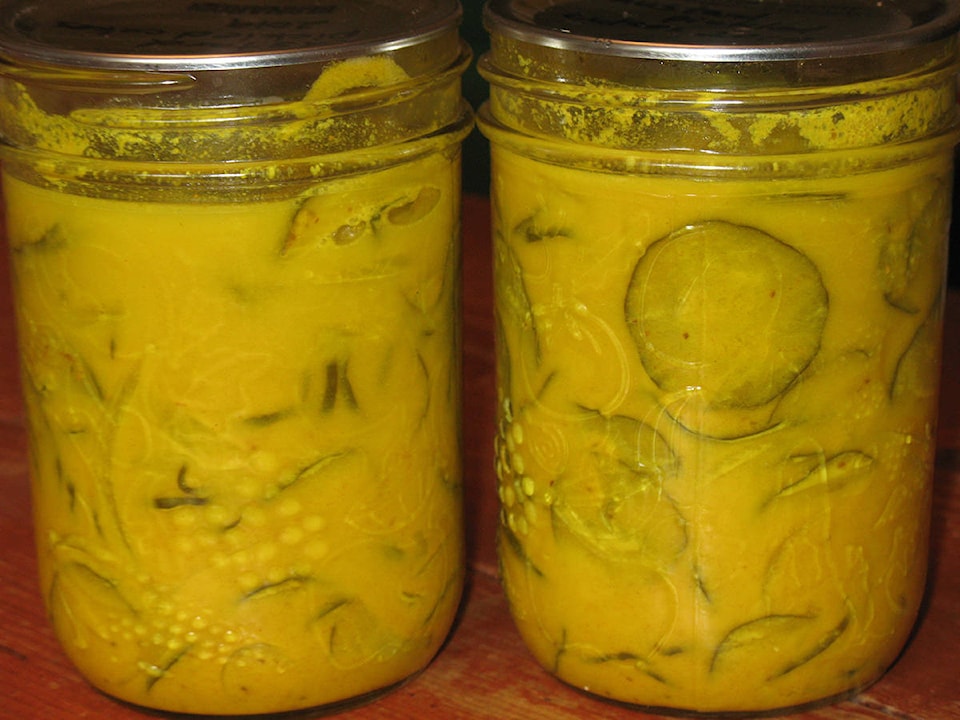By Mary Lowther
I like to read about people who successfully manage to homestead, building a self sustaining life off the grid in some rural paradise. It’s usually a young couple with a few healthy looking kids, and I always wonder where they got the money. The reality for most of us is an outside income to put a roof over our heads and food on the table, although I think Thoreau was overly pessimistic when he predicted “lives of quiet desperation.” After all, Jeopardy is on six days a week! Some may yearn for an uncomplicated bucolic life, but give me indoor plumbing and Alex Trebek at 7:30 p.m.
Nevertheless, the accounts of these latter day pioneers are useful, because we can often adapt some of their ideas to augment our diets and reduce the cost of food by growing some of our own. Even if we only grow herbs we increase our intake of vitamins and minerals with the incidental benefit of fresh flavour, fit for haut cuisine. If we think of gardening as a hobby, the money we spend on it can be considered entertainment with the reward of great tasting food and the satisfaction of feeding ourselves.
It may seem daunting to start out, with a patch of packed earth and no idea what you are doing with it, but it isn’t hard to find a more experienced gardener who will tell you their secrets. In fact, the hard part is getting them to stop long enough to actually plant a crop.
A pot of soil can get you started and adding homemade compost and a complete mineralized fertilizer will ensure a good yield, barring predation. If you can’t find a neighbour to ask about it, check out community gardens; often for a small rental fee one can grow a lot of veggies, practice gardening skills, enjoy the camaraderie and pick up tips from the other gardeners.
Magazines like the Mother Earth News motivate me to keep on trying new ideas. For example, columnist Tamika Adjemian suggests we can in small batches if we don’t have a large garden. She explains how to make a basic pickle for two pints and suggests herbal additions for variety. I made two jars of her mustard pickles with my cucumbers, a recipe without a thickener, opting instead to “increase the mustard and lower the sugar to give this pickle brine a creamy consistency.”
Another article written by an herbalist suggests plants to grow that help one relax and get a good night’s sleep. German chamomile, passionflower and valerian root top her list, and she explains how to make a tea with them. Steep one teaspoon of the dried herb in eight ounces of hot water for ten minutes, then strain and enjoy. I tried this, and while I was drifting off into sleep I wondered if bees feel relaxed after frequenting these flowers. Does chamomile make the hive less productive? Questions like this can keep me awake all night!
While costs for everything rise, growing our own vegetables and herbs still saves us money. Even if we don’t have enough land or income for self sufficiency, with a bit of ingenuity we can enrich our lives by incoporating methods developed by others.
Here’s my adaptation of Tamika’s recipe for Mustard Pickles:
1 cup white vinegar
½ cup water
1 tsp. salt
2/3 cup mustard
1/3 cup sugar
2 tsp. turmeric
½ tsp. celery seed
3 ½ cups cucumber, sliced
½ onion, sliced
(I would have added 1 small hot pepper if I’d had one)
Directions: In a medium pot, make the brine by combining all the ingredients except the vegetables. Bring to a simmer. Add vegetables and simmer five minutes more. Spoon the pickles and brine into clean, hot jars, leaving a half inch head-space. Remove air bubbles with a thin spatula or knife. Wipe the jar rims and apply lids and rings. Process in a water bath canner for 15 minutes.
Please contact mary_lowther@yahoo.ca with questions and suggestions since I need all the help I can get.
